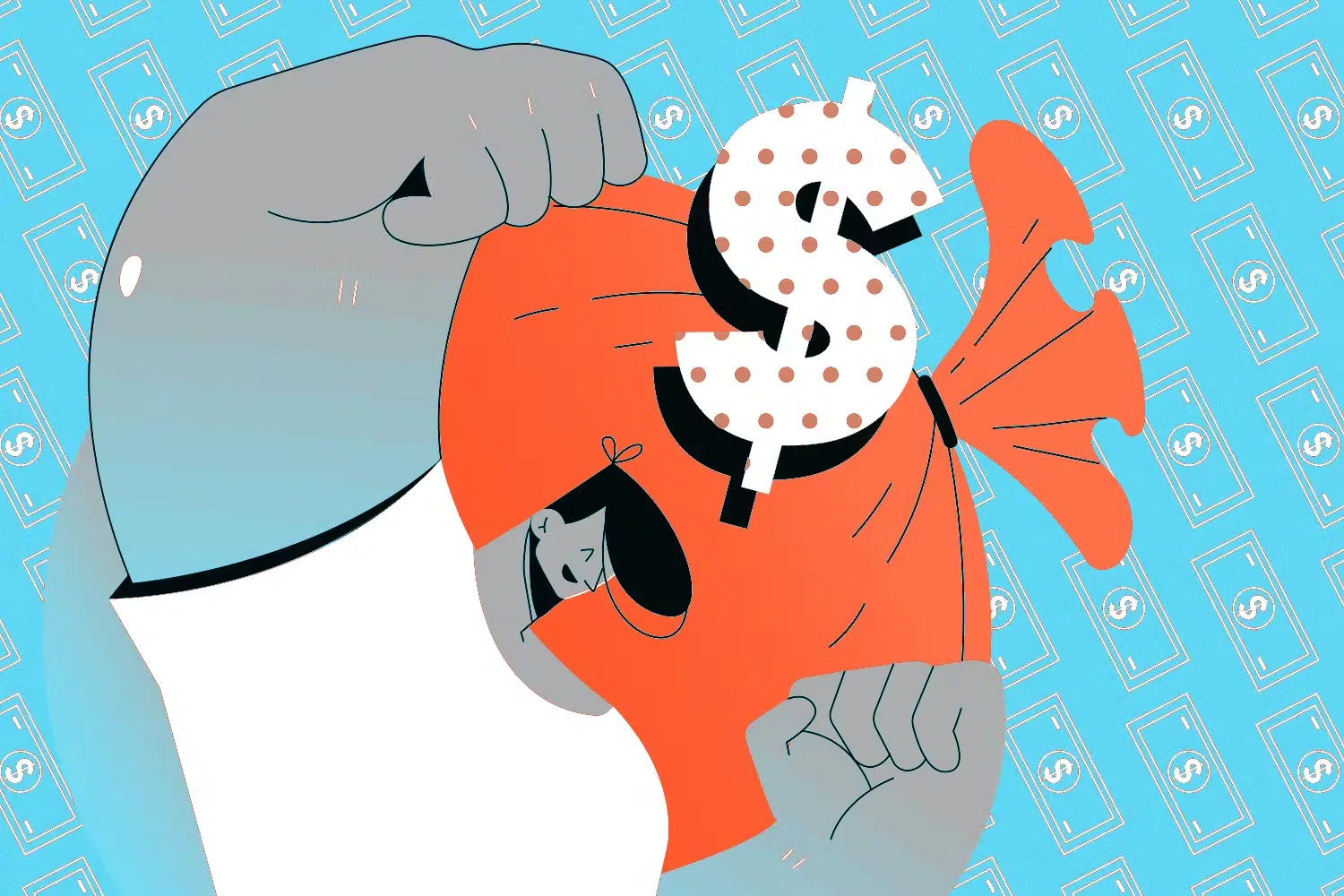
Managing Money After College

So you’ve recently graduated college— congrats! Your hard work paid off and now you’re entering the next phase of your life.
Maybe you’re still on your post-grad job hunt, or you’ve even secured a job already. Whether you’ve been working your way through college or sticking to your studies, that new job is probably going to bring a cash flow that you’re not used to. While it’s great to be able to enjoy this new income, it’s also important to think about creating a financial plan to set you up for the future.
Don’t know where to start? Read on to learn the basics of money management post-college.
Tips for Managing Money After College
The basic approach to handling your finances involves five steps:
- Build a budget.
- Start saving.
- Pay off debt.
- Invest for your future.
- Keep an eye on your credit history.
Let’s take a closer look at what each of these steps entails.
Looking for a Financial Advisor?
Schedule an Amplify Wealth Management appointment with our colleagues at CUSO Financial Services (CFS*).
1. Build a budget.
Building a budget is not only the first step to getting control of your financial situation, but it is also a lifelong practice that everyone should get in the habit of doing.
In short, a budget is a roadmap for your earning, spending, and saving. It gives you a bird’s eye view of your cash flow and allows you to identify areas where you can cut back to keep yourself on track.
There are many options to help get your budget started. There are free online tools available, or you can simply use a simple budget template, a spreadsheet, or even pen and paper.
How to Create a Budget
Start by calculating how much monthly income you bring in. You will want to use your take-home pay, after taxes and other deductions.
Next, make a list of your necessary expenses, or the bills you must pay each month. This would include your rent or mortgage, car payment, car insurance, student loan payments, gasoline, groceries, utilities, phone bill, cable/TV bill, etc.
Estimate how much you spend each month on these variable bills. If a bill is paid quarterly or annually, determine the cost per month. Some of these expenses, like your rent or car payment, will be the same amount every month, or fixed. Others, like groceries or gasoline, are variable and will need to be calculated.
Determine your discretionary spending. This includes your spending for eating out, entertainment, savings, clothes, gym memberships, gifts, donations, vacations, etc.
Factor in savings. When creating your budget, don’t forget to account for money that you want to save each month. Your monthly savings goals should be factored into your budget.
Create categories that make the most sense to you with realistic monthly spending goals. Go back at least a month to see what you have been spending in each category of your budget.
Total your monthly expenses and subtract this amount from your monthly income. If you spend more than you earn, don’t stress—just tweak your budget and spending to make sure you can pay for everything.
2. Start saving.
It’s tempting to splurge on treats and things you couldn’t afford before, but hear us out—save first. When you have a hefty savings account, you’ll be better equipped to handle surprise medical bills and even fun things, like vacations.
Even if it seems like a small amount— like $50 a month— you’d be surprised how fast it’ll grow.”
Setting money aside every paycheck should become your norm. Even if it seems like a small amount— like $50 a month— you’d be surprised how fast it’ll grow if you leave it alone.
Start with an emergency fund first. This will cover unexpected expenses like car repairs, medical bills, or basic expenses if you lose your job or can’t work. Once you have three to six months of living expenses saved up, it’s time to start saving for bigger goals, like that trip you want to take next summer or a down payment for a house.
3. Pay off debt.
If you’re like most students, you’ve acquired some debt during college, whether it be from student loans, personal loans, or credit cards. Depending on your income, you may be able to save and pay off debt at the same time.
Credit cards, car loans, and student loans will all have different details. Look closely at the interest rate you’re paying. The higher the interest rate, the more money you’ll pay overall.
If your budget allows, consider making extra payments on your most expensive debts— your debts with higher interest rates. Paying a loan or credit cards off quicker than the schedule can lower the total amount you pay—and it can also clear the way to save more.
4. Invest in your future.
It’s time to get familiar with the concept of compound interest. Basically, the more you’re able to save and the sooner you’re able to save it, the more likely you are to have enough plenty of money for retirement. If you can, it’s smart to start socking away 7% to 15% of your income in retirement accounts.
401(k)s present an opportunity to quickly increase your savings because your investments are made with pre-tax money. In other words, everything you contribute to a 401k is not taxed before it goes into the account (it will be taxed when you retire and start withdrawing funds).
If your employer matches your 401k, take full advantage of this so you can get the full match. This is free money that goes directly to your retirement savings. If your employer has no 401(k), open an IRA. They come in two forms: Traditional IRAs and Roth IRAs.
All of these accounts come with their own set of rules and maximum contributions. If you aren’t sure which type of retirement account is best for you, consider consulting a CFS* financial advisor. They will be able to guide you through your options.
No matter what plan you use, max out your contributions when you can and keep that money off-limits except for absolutely emergencies.
5. Keep an eye on your credit report.
Lastly, you’ll want to understand the importance of a good credit score, know the factors affecting your credit rating, and keep an eye on your credit report.
That rating will help you secure the best terms for a mortgage or loan, and it’s sometimes checked by companies as a condition of employment. Checking your report is easy and, best of all, free. Just visit annualcreditreport.com to request your free copy. When looking over your credit report, make sure all of the information is correct and up-to-date.
Similarly, it’s a good idea to regularly review your bank statements. This chore can easily fall by the wayside, but it’s crucial to make sure your accounts are secure, your paycheck’s being deposited, your charges are your own, and all banking fees are legitimate.
Plan for a Successful Financial Future
These five tips are key to keeping you on track to financial success in this new phase of personal finance. The first post-college years can be difficult, but if you’re aware of your savings and work to handle your spending, you can make them that much easier!
*Non-deposit investment products and services are offered through CUSO Financial Services, L.P. (“CFS”), a registered broker-dealer Member FINRA/SIPC and SEC Registered Investment Advisor. Products offered through CFS: are not NCUA/NCUSIF or otherwise federally insured, are not guarantees or obligations of the credit union, and may involve investment risk including possible loss of principal. Investment Representatives are registered through CFS. The Credit Union has contracted with CFS to make non-deposit investment products and services available to credit union members.
Prepared by Broadridge Investor Communication Solutions, Inc. Copyright 2018.
Talk to a CFS* Financial Advisor
Want to take your retirement plans to the next level? Schedule an Amplify Wealth Management appointment with our colleagues at CUSO Financial Services (CFS).


